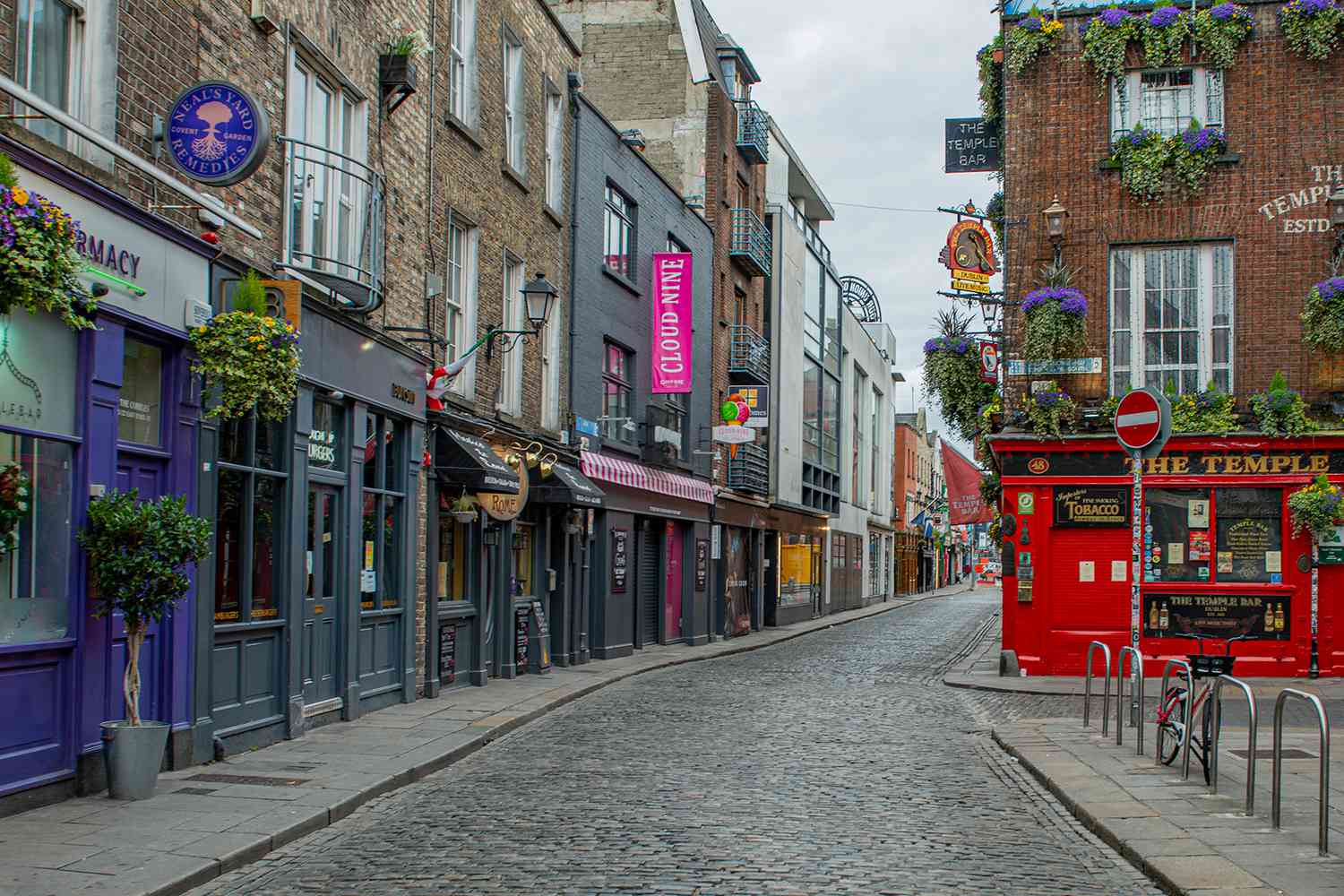When it comes to Viking history, a lot of people think of Baltic and Scandinavian countries. But there is more to it. In fact, the capital of the Republic of Ireland got its name thanks to its Viking history.
When people think of Dublin, they think of pubs, music culture, and the beer brand Guinness. Yet, you will be surprised by the rich history of the interesting city. Today, we will talk about some interesting facts about Dublin you probably didn’t know. For starters, the city was founded nearly 2,000 years ago.
Dublin, the Black Pool
The original name of the city was “Dubh Linn”. It means Black Pool in Old Irish Celtic. The name was referring to a deep and dirty pool located in Dublin Castle. It is a reference to a murky lake used by the Vikings to moor their ships after sailing up the River Liffey.
![]()
Most important Viking Town
Dublin was founded twice by the Vikings. The first time was in 841 AD, while the second time was in 917. It became a wealthy settlement and became one of the most important Viking towns, certainly the most important one in Ireland.
The wealthy settlement was developed into the City of Dublin. It remains the biggest city in Ireland.
It houses the largest Viking cemetery outside of Scandinavia
Scandinavia has always been associated with the Vikings. Many believe it to be the home of the Vikings. But Ireland is close second. Dublin, for example, is the home to the largest Viking cemetery outside of Scandinavia.
Gravel excavations on the banks of the River Liffey began in 1840s. Since then, they have revealed 40 Vikings grave, with one burial discovered near the Wellington Testimonial within the Phoenix Park.
Witch Burnings in Stephen’s Green
Another part of the rich history of Dublin is witches. The green sward of St. Stephen’s Green is the hub of Dublin today. Yet, prior to 1663, it was used for common grazing, public executions, and witch burnings.
The Dublin Corporation sold off the land around the common to raise much-needed revenue. Since then, buildings began appearing in the former wasteland. Nowadays, it is a tree-lined park with many fine memorials.
Home to the widest street in Europe
That would be O’Connell Street, measuring 160 feet (45m) in width. While many consider the Champs Elysees in Paris as the widest street, it is completely wrong. For starters, Champs Elysees is the widest Avenue, not street.
There is no catholic cathedral in the city
Ireland is a Catholic country. Catholicism was introduced by Saint Patrick, the patron saint of the country. But while the country is catholic, there is no cathedral in Dublin.
![]()
Many years ago, there was one. But it was changed by English sovereigns and became protestant.
The largest red-light district
Dublin is no longer home to the largest red-light district in the British Isles. But that was the case at one point.
Back in Victorian times, Montgomery Street was the red light district in Dublin. Known as Foley Street, legend has it this was where the Prince of Wales lost his virginity. King Edward VII certainly had a taste for women.
Resting place of St. Valentine
There are a lot of saints that we celebrate nowadays in Dublin. We talked about Saint Patrick, but Saint Valentine is here as well.
The Whitefriar Street Church in the city is the final resting place of a casket containing St. Valentine’s relics. In the 3rd century Valentine was a revered saint who was executed and buried in Rome. Many centuries later, an Irish priest was permitted to exhume the skeleton and the remains are now beneath the Carmelite Church.
Bullet holes on O’Connell Street
The Easter Rising, somewhere known as the Easter Rebellion, was an armed insurrection in Ireland during Easter week in April 1916. It was carried out by members of the Irish Republican Brotherhood and members of the Irish Citizens Army. The goal was to protest against British rule in Ireland.
![]()
Nowadays, you can still see bullet holes on the O’Connell Monument. Look closely at the Liberator and you will see them on the right shoulder and plinth.
The Rotunda Hospital
For those of you that didn’t know this, the Rotunda was the first purpose-built maternity hospital in Europe. It is an underrated aspect of modern Dublin history.
It was founded in 1745 by Dr. Bartholomew Mosse and named after the theatre in the neighborhood.
The O’Connell Bridge
There are two interesting aspects of this bridge. While many say it is the only bridge in Europe that is the same length and width, others think differently. Often described as a square, the bridge is actually wider than it is long.
![]()
It is a quite unique fact about one of the most popular landmarks in Dublin. The bridge marks the limit between Dublin North, considered the working-class district, and Dublin south, the wealthy part of the city.
The Silicon Valley in Europe
In the past several years, Dublin has become a technology hub with giants such as Google, Facebook, and many more opening headquarters in Dublin. There is a simple reason for this. And that is Ireland’s advantageous tax scheme for companies.
The Guinness Book of Records
We have to finish with the Guinness Book of World Records. We all know as Guinness fact or two. The book was an initiative from the Brewery’s managing director.
It began in 1951 and it was supposed to be only a marketing giveaway. At the time, nobody could foreseen the popularity of the book.



